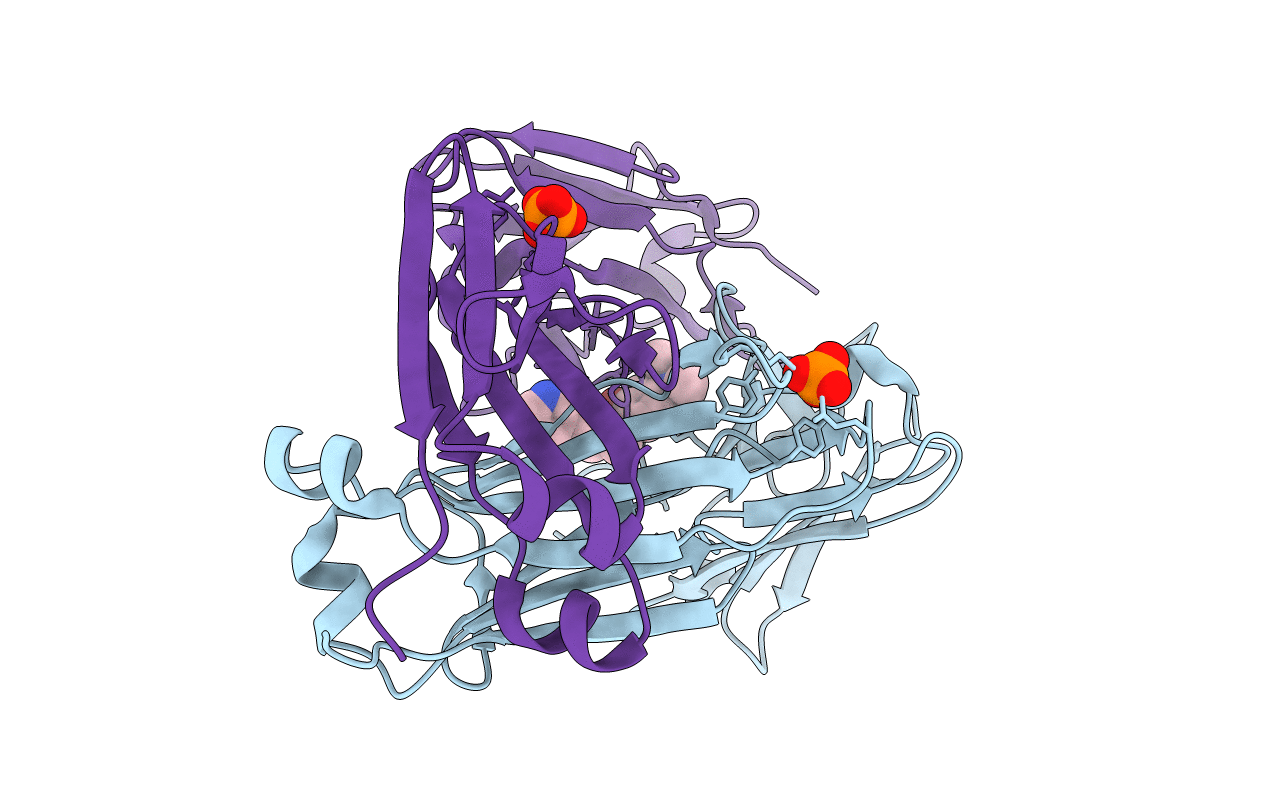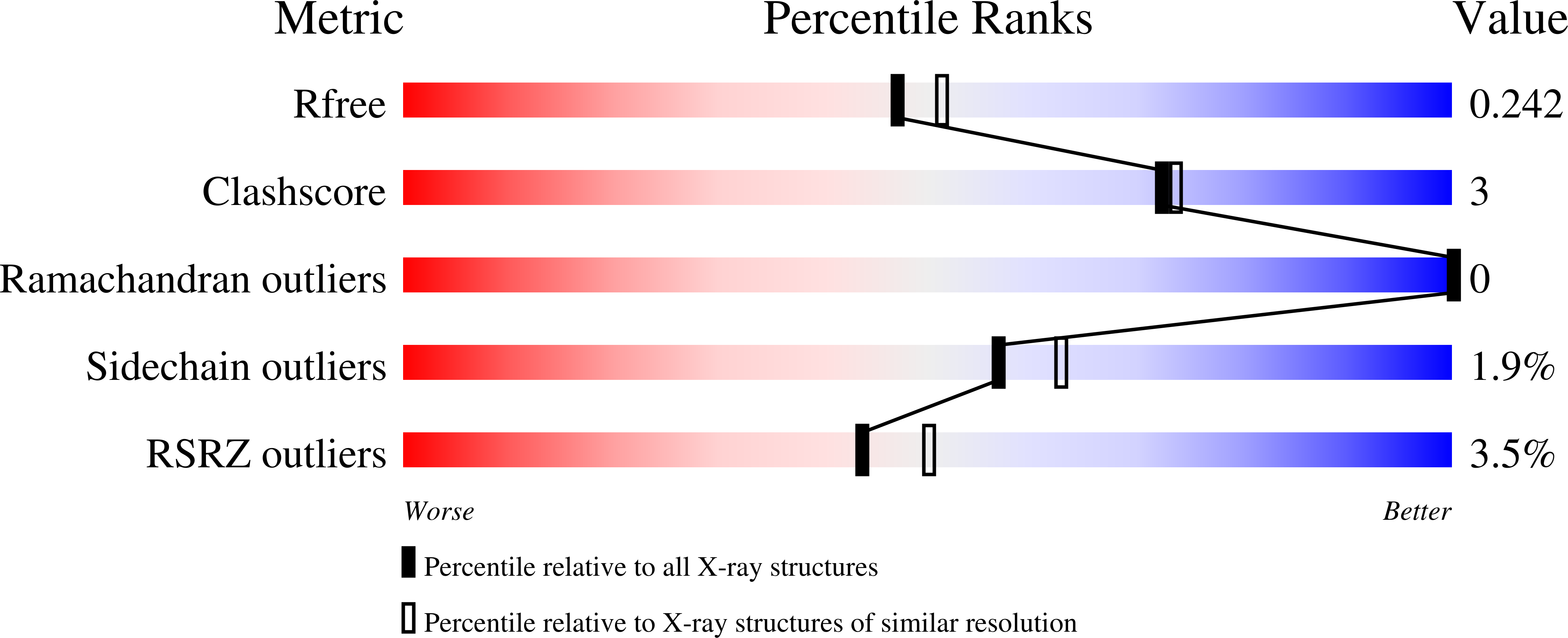
Deposition Date
2021-08-13
Release Date
2022-02-16
Last Version Date
2024-10-30
Entry Detail
PDB ID:
7RTP
Keywords:
Title:
Structure of full-length human lambda-6A light chain JTO in complex with urea stabilizer 20 [1-(2-(7-(diethylamino)-4-methyl-2-oxo-2H-chromen-3-yl)ethyl)-3-(pyridin-3-ylmethyl)urea]
Biological Source:
Source Organism:
Homo sapiens (Taxon ID: 9606)
Host Organism:
Method Details:
Experimental Method:
Resolution:
2.09 Å
R-Value Free:
0.23
R-Value Work:
0.17
R-Value Observed:
0.18
Space Group:
P 21 21 21


